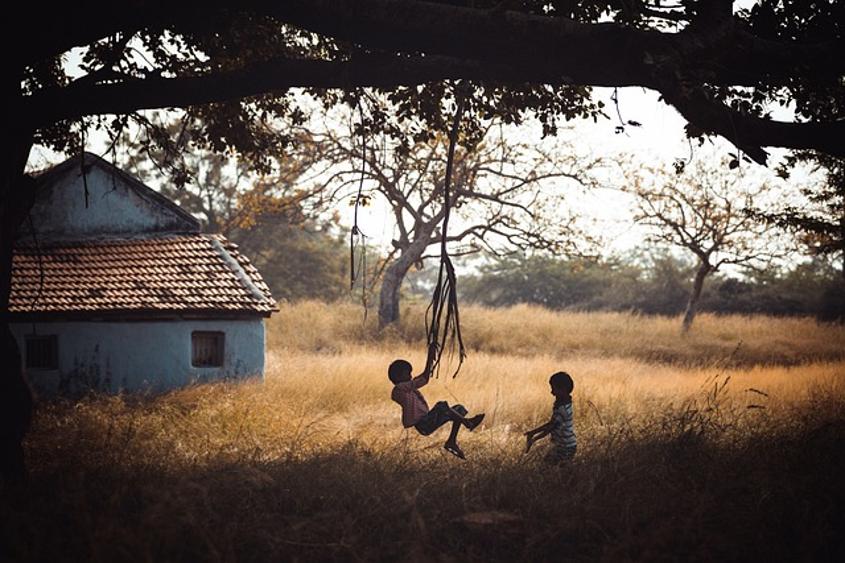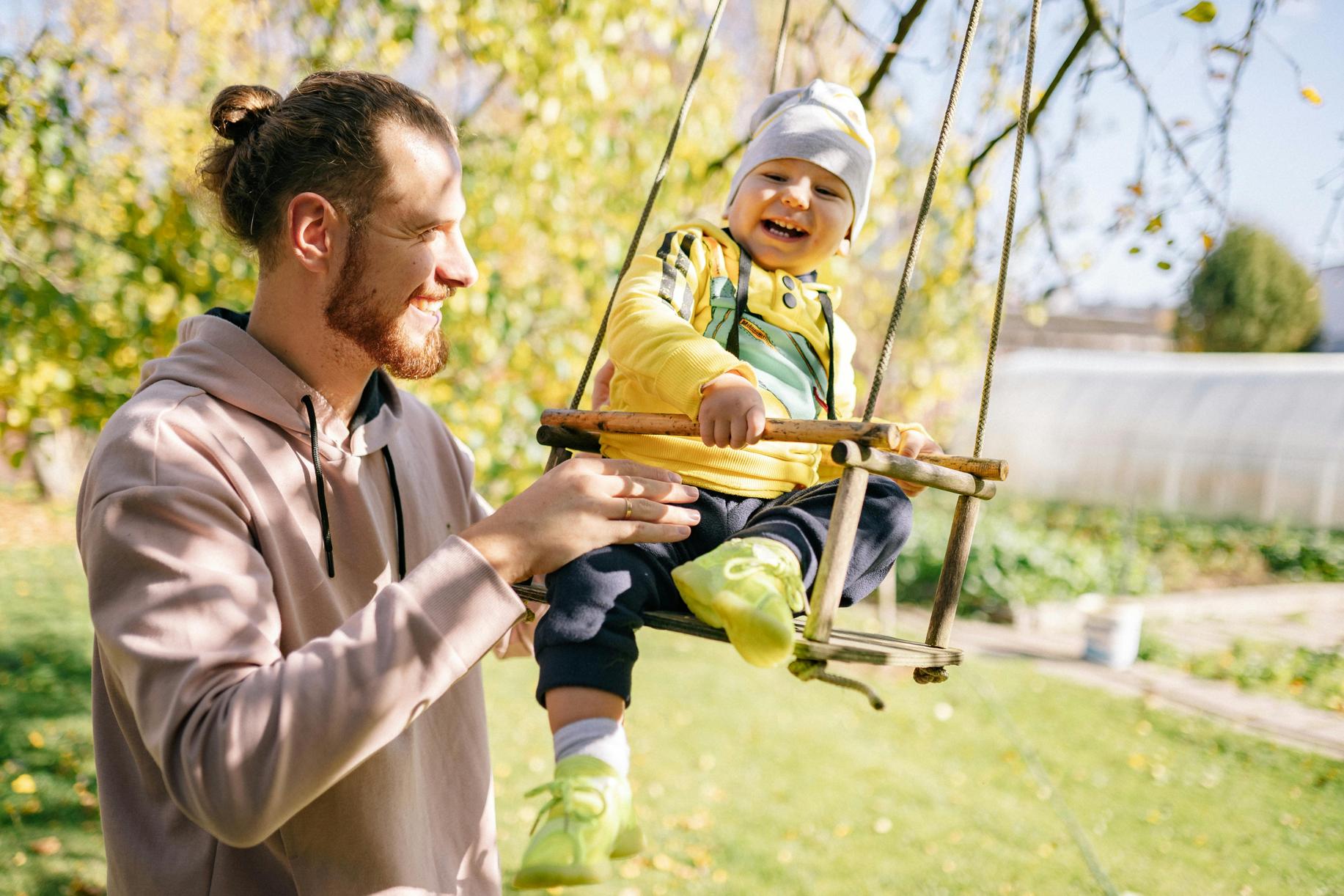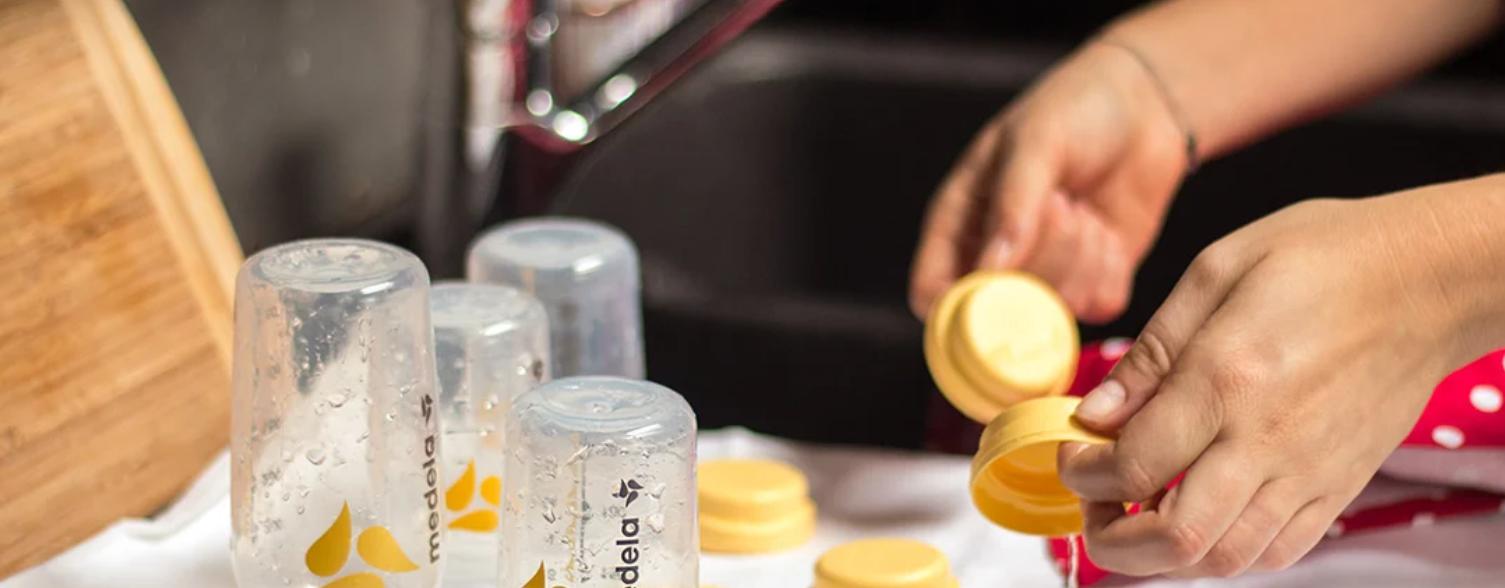When Can You Put Baby in Graco Swing?
Introduction
As a new parent, you want the best for your baby, especially when it comes to their comfort and safety. One popular baby gear many parents consider is the Graco swing. Knowing the right time to introduce your baby to this swing is crucial for both their enjoyment and security. This blog will guide you through the essential aspects that determine when your baby can use a Graco swing, including age, weight guidelines, readiness signs, and expert opinions to ensure you make the most informed decision.

Understanding Baby Swing Age and Weight Guidelines
Before placing your baby in a Graco swing, it’s important to understand the manufacturer’s age and weight guidelines. Graco swings are designed to accommodate different stages of a baby’s development. Typically, most Graco swings are suitable for babies from birth up to around 6 months, depending on the model.
These swings often have a weight limit ranging from 5.5 pounds to 30 pounds. Always refer to the user manual of your specific Graco swing model for precise guidelines. Following these recommendations ensures your baby remains safe and comfortable while using the swing.

Signs Your Baby is Ready for a Graco Swing
While age and weight guidelines provide a general framework, recognizing your baby’s readiness involves looking for specific signs:
- Neck Control: Your baby should have adequate head and neck control. Newborns can use the swing, provided it has a reclined seat position. However, better neck control increases safety and comfort.
- Calmness: Babies who respond well to gentle rocking or swinging motions are likely ready for a Graco swing. If your baby calms down when you rock them in your arms, a swing might be a good next step.
- Interest in Movement: Some babies show an early fascination with movement, making them ideal candidates for a swing. Observing them closely will help determine their comfort with swinging motions.
- Comfort and Contentment: If your baby looks comfortable and content when placed in the swing, there is a good chance they’re ready. If they seem fussy or uncomfortable, it might be wise to wait.
By carefully observing these signs, you can make a more informed decision about when your baby is ready to enjoy the benefits of a Graco swing.
Safety Considerations When Using a Baby Swing
Ensuring your baby’s safety while using a Graco swing involves following key precautions:
- Proper Setup: Always set up the swing according to the manufacturer’s instructions. Ensure it’s stable on a flat surface to prevent tipping.
- Supervision: Never leave your baby unattended in the swing. Supervision is crucial to prevent accidents.
- Strap Safety: Use the swing’s safety straps to secure your baby. Proper harnessing helps keep them in place even during vigorous movements.
- Time Limits: Limit the time your baby spends in the swing. While swings are great for short breaks, prolonged use can lead to discomfort or create dependencies.
- Check Weight Limits: Regularly check if your baby is within the weight limit specified for the swing.
Incorporating these safety measures will ensure a safer swinging experience for your little one.

Transitioning from a Swing to a Baby Seat
As your baby grows, they will eventually need to transition from the Graco swing to a baby seat. Here’s how you can make this transition smooth:
- Observe Readiness: Watch for signs your baby is outgrowing the swing, such as showing disinterest or attempting to climb out.
-
Introduce Gradually: Start by letting your baby sit in the seat for short periods. Gradual exposure helps them get used to the new setting.
-
Comfort Items: Place familiar comfort items like a favorite toy or blanket in the baby seat to make the transition smoother.
- Engage: Engage with your baby while they are in the seat. Interactive play can distract them from the change.
- Safety First: Ensure the baby seat has appropriate safety features, just like the swing. Harness your baby properly to prevent falls.
By transitioning carefully and paying attention to their comfort, the shift from a swing to a baby seat can be seamless.
Expert Opinions and Pediatric Guidelines
Consulting expert opinions and pediatric guidelines can provide more clarity on when to introduce a Graco swing. Pediatricians typically recommend careful observation of your baby’s developmental milestones as a key indicator. Many experts caution against over-reliance on swings, emphasizing the importance of direct parental interaction.
According to pediatric guidelines, swings should complement, not replace, hands-on playtime and other developmental activities. Using a swing for short periods, with full supervision, aligns well with these expert recommendations.
Frequently Asked Questions
What is the best age to start using a Graco swing?
The best age to start using a Graco swing is usually from birth. However, it’s essential to ensure the swing is specifically designed for newborns and has a fully reclined position. Babies as young as a few weeks old can benefit from the soothing motion, provided all safety guidelines are adhered to.
Can a newborn use a Graco swing?
Yes, a newborn can use a Graco swing, but with specific conditions. Ensure the swing has a reclined seat, strong harnesses, and supports the baby’s delicate neck and head. Constant supervision is necessary, and placing the baby in the swing for short intervals is advisable to avoid any risks.
How long can my baby stay in the swing?
The recommended duration for a baby to stay in the swing is between 30 minutes to an hour at most. Prolonged use is not encouraged as it may lead to developmental delays or discomfort. Regularly alternating between different activities and ensuring that the swing time is closely monitored will contribute to your baby’s well-rounded growth.

